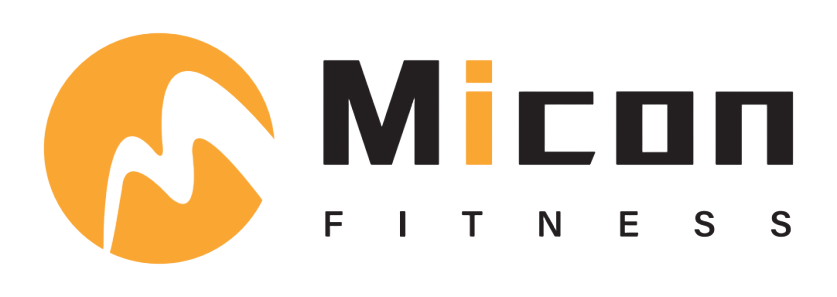Pilates for Stress-Resilient Living: Rebuilding Calm in a Fast-Paced World
Release time:
2025-11-15
Author:
Source:

In today’s fast-paced world, stress has become a near-constant companion. Work pressure, family responsibilities, digital overload, and the constant feeling of “never catching up” all contribute to a state of chronic tension. While many turn to intense workouts or passive relaxation, Pilates offers a different path — one that resets the nervous system through mindful movement, breath control, and conscious body alignment.
Pilates is uniquely effective for stress management because it trains the body and mind simultaneously. The slow, deliberate nature of each exercise encourages presence. In a Pilates session, the mind cannot wander; it must follow the movement, coordinate breath, and maintain alignment. This mental anchoring interrupts stress loops that often run in the background throughout the day.
A central role in stress reduction is played by Pilates breathing — lateral thoracic breath. This technique expands the ribs sideways rather than lifting the shoulders, activating the diaphragm and stimulating the parasympathetic nervous system. With each exhale, the body gradually shifts from “fight-or-flight” toward “rest-and-digest.” Over time, practitioners report lower baseline stress, fewer anxiety spikes, and improved emotional stability.
Pilates also helps release physical tension stored in the body. Many adults carry stress in predictable patterns: tight neck, rounded shoulders, rigid lower back, or locked hips. These patterns become habitual, even subconscious. Pilates breaks them with controlled spinal articulation, pelvis stabilization, and deep core activation. Movements like Bridge, Cat-Cow, and Roll Down unravel tension layer by layer, reinforcing healthier muscular habits.
Equipment Pilates enhances this effect. The Reformer’s guided movement path encourages the body to lengthen and decompress. The Cadillac’s spring-assisted exercises create a floating sensation, allowing muscles to release without collapse. Even the Pilates Chair challenges the body in ways that integrate strength and breath, cultivating more grounded emotional states.
An overlooked benefit of Pilates is its effect on emotional resilience. By learning to coordinate breath and movement under controlled challenge, practitioners develop the ability to stay calm when difficulty arises. This translates directly into daily life — smoother problem solving, less reactivity, and more centered decision-making. Pilates becomes not just exercise, but a mental training method for real-world stress.
Sleep quality also improves significantly through regular practice. Deep breathing increases vagal tone, reducing nervous system hyperactivity, while moderate muscular engagement balances hormones such as cortisol. Many people notice easier sleep onset, fewer nighttime awakenings, and more restorative rest.
Integrating Pilates for stress resilience does not require complex planning. Even 15–20 minutes of mat practice can reset noon fatigue or evening overwhelm. A combination of spinal mobility, core activation, hip opening, and guided breathing is often enough to shift the nervous system. For deeper benefits, 2–3 full sessions per week — mat or equipment — provide a structured anchor within an otherwise chaotic schedule.
Above all, Pilates teaches something modern life rarely offers: the experience of returning to oneself. Amid constant demands and distractions, Pilates creates a space where the mind can quiet and the body can speak. Each session becomes a personal retreat — a place to reorganize, release, and rebuild inner strength. In a world that asks for constant output, Pilates offers replenishment.
For anyone living in a high-stress environment, Pilates is not just a workout. It is a pathway back to balance, clarity, and resilience.
关键词:
Pilates stress relief breathing mindfulness nervous system balance mobility core stability resilience
Recommended News




TikTok


Wechat:+86 13053433933
Innovation and Technology Park, Ningjin County, Shandong Province, China


